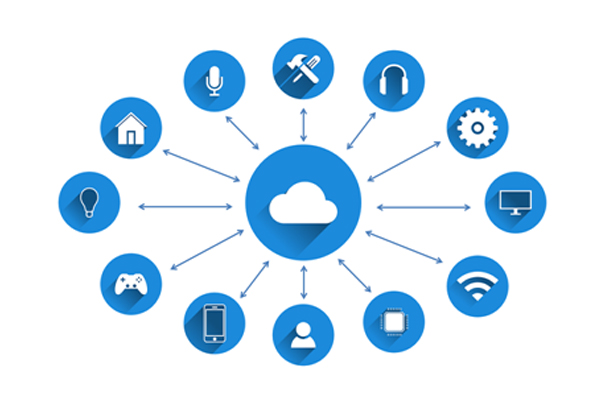|
Tata Communications Looks To Initiate A Wider Dialogue Between Citizens To Ensure IoT Is Viewed As A ‘Public Good’ To Be Shared By All
According to new insights from Tata Communications’ ‘National IoT Survey Report’, the enhanced provision of public services is a top priority for India’s mature generation (over 35s) for the Internet of Things (IoT), while the country’s younger generation (18-25 year olds) perceive the impact of IoT enabled services to be most palpable in their immediate environments, such as home automation.
The survey was conducted across 2,000 respondents from 12 Indian cities[i] to gauge the awareness levels of people around the concept of the Internet of Things (IoT) and views on its impact on their day-to-day lives.
According to the report, domestic automation appears to be a near-necessity for India’s youth. For over half (54%) of India’s youth (Millennials aged between 26 and 35) and (Generation Z aged between 18 and 25), IoT is all about smart homes (like Smart TV, Smart Lights etc) and smart phones.
67% of the over 35s, view IoT enabled devices and services as creating exponential value in the realm of public services – like energy conservation, lower pollution, better treatment and disposal of waste, better access to public utilities and healthcare facilities.
With new sophisticated technologies, as we head towards a truly connected world, 24% Indians hope for greater levels of safety/security for their family and citizens (25% over 35s / 23% under 35s), 23% expect improved levels of healthcare (26% over 35s / 21% under 35s), and 21% improved access to public services (23% over 35s / 19% under 35s).
“The potential for IoT as a ‘public good’ is clearly immense, but for this to be realised, open dialogue between all segments of society – from consumers and businesses, to the public sector as well as technology providers – is now essential. India’s youth is clearly inspired by IoT’s potential to automate their domestic environments, but that represents a fraction of IoT’s potential to transform society as a whole”, explains VS Shridhar, Senior Vice President and Head Internet of Things, Tata Communications. “People of all ages and sections of society need to have a deeper understanding of IoT and how it can benefit their lives as citizens. From such dialogue, a new type of constitution – a type of ‘civic operating system’ (Civic OS) will emerge, encompassing rules, protocols, safeguards and principles to ensure the profound opportunities that IoT presents, are available to all members of society.”
The IoT landscape in India is progressively changing. According to recent estimates, the market for IoT in India is expected to be valued at USD $9 billion, with an installed base of 1.9 billion units by 2020. While the country has witnessed a fast start in the adoption of IoT, it is increasingly realising the potential of IoT’s transformative power and is beginning to embrace the technology more holistically. Currently, the individual benefits are driving the momentum for IoT in the country and there is a need to expand our view and create awareness around the larger societal impact that it can have.
Tata Communications is already laying the foundation for IoT in India with the world’s largest LoRaWAN™ network spanning across 2000 communities and 38 cities in the country, to create an end-to-end connected ecosystem. New operating systems such as the Civic OS framework, powered by IoT solutions, on the LoRaWAN™ network will enable better and affordable management of essential utilities, drive smart cities and empower economies to run more efficiently, securely and productively.
|



